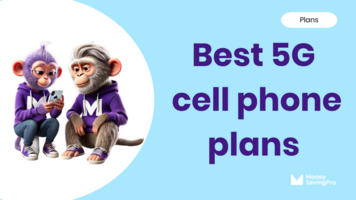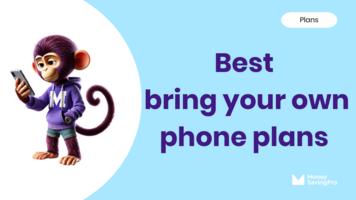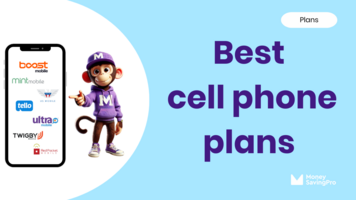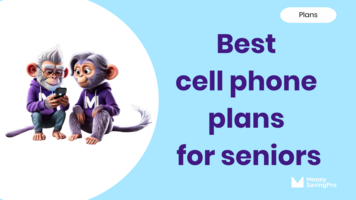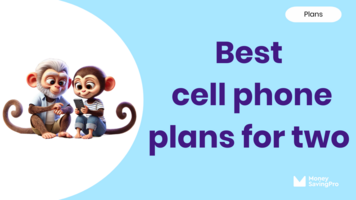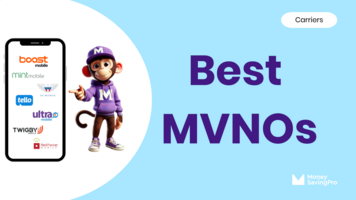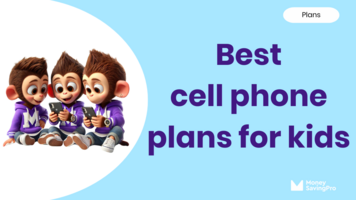
Highlights
- Broadband Equity, Access, and Deployment (BEAD) is a historic federal initiative to expand broadband access across the US.
- $42.5B in funding targets areas lacking adequate broadband infrastructure, prioritizing underserved and unserved communities.
- A phased approach, estimated to be completed by 2030, emphasizes state involvement and tailored deployment plans to maximize impact.
The Broadband Equity, Access, and Deployment (BEAD) program is a pivotal component of the federal government's strategy to ensure that all Americans have reliable, high-speed internet access.
BEAD is part of the Internet for All initiative that is meant to bridge the digital divide between the haves and the have-nots.
A portion of the new program is similar in concept to the Affordable Connectivity Program (ACP), which currently gives 23 million American households discounted internet. However, ACP is due to run out of funding by the end of this month.
Read more: ACP funding crisis impacts 23 million low-income families
The main gap exists in two areas:
- Geographic: Rural areas that private companies didn't deem worth the expense of building out infrastructure.
- Economic: Low-income households where internet access takes a back seat to other basic needs.
According to research conducted by Pew Research, there are large gaps in broadband subscriptions between the lowest-earning households and the highest-income Americans.
Only about 57% of low-income families (<$30K), compared to almost all (95%) of the top annual household incomes (>$100K), have home internet.
That's a huge discrepancy, especially when it means access to equal opportunities in education, healthcare, and the workforce.
My take: What are 23 million Americans supposed to do in the meantime?
The BEAD program, like ACP before it, is meant to ensure equal internet access for all - but how long will it take? And at what price?
BEAD, like many government programs, is a slow-moving process - it began in May 2022, and it took almost a year just to announce the state allocations for divvying up the $42.5B in funding.
Read more: BEAD approximate timeline
And worst of all, you pay the price! The government is giving away $42.5 billion of taxpayers' money.
Taxpayers' money - masquerading as grants - is used to pay cable companies to expand their own networks.
The cable companies then sell this monopolized internet service (paid for by the taxpayer) back to the taxpayer at overpriced levels.
Lobbying and bureaucratic red tape could tie up the release of funds to each state for years to come.
Where is the 'equity' in that?
It seems obvious to me that a solution needs to exist for the over 23 million households affected between now and then.
Empower yourself by switching to a low-cost cell phone carrier could help two-fold:
- Saving up to $50/mo could balance out your budget if your internet bill increases.
- Unlimited data plans with hotspots could be a quick fix for temporary connectivity.
Read more: Best unlimited data plans
As the BEAD program unfolds, monitoring its progress and adapting strategies to maximize its effectiveness and reach will be crucial.
For ongoing analysis and updates on BEAD and other initiatives aimed at enhancing broadband access, keep connected with MoneySavingPro.com.
Follow us on Facebook, X, and TikTok to stay informed about how these developments might impact you and your community.
